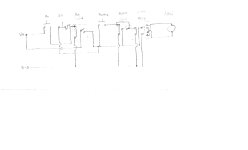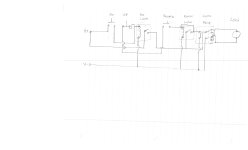Just for your info, and any others interested, almost the whole Australian wine industry uses screw caps now. The trend really kicked off with Riesling in the Clare Valley and quickly spread to other whites, then reds. At my winery I process 120 metric tonnes each year, exclusively bottled under screw cap. We bottled half under screw cap in 2001 and made the complete switch in 2002 and haven't looked back. A 1 in 10 failure rate was unacceptable to me. Sure, the average punter may not know they're looking at a cork-affected bottle, but I could tell it wasn't the wine I bottled, with the wine being affected in subtle ways before an actual taint was observable.
A common thought is that wines under screw cap don't age well, but that's not really the case. In fact the Australian Wine Research Institute has been doing closure trials for more than a decade, and early on they found the cork closures that were considered ideal in their maturation speed had nearly identical oxygen transmission rates to screw caps. The poor performing corks had far greater OTR. Our wines from the 2001 vintage under screw cap look aged and bright, where-as the cork sealed wines range from looking like the screw capped wines, to flat and lacking fruit, to truly 'corked' or oxidised.
Anyway; just my 2c. Good luck with your bottling.


